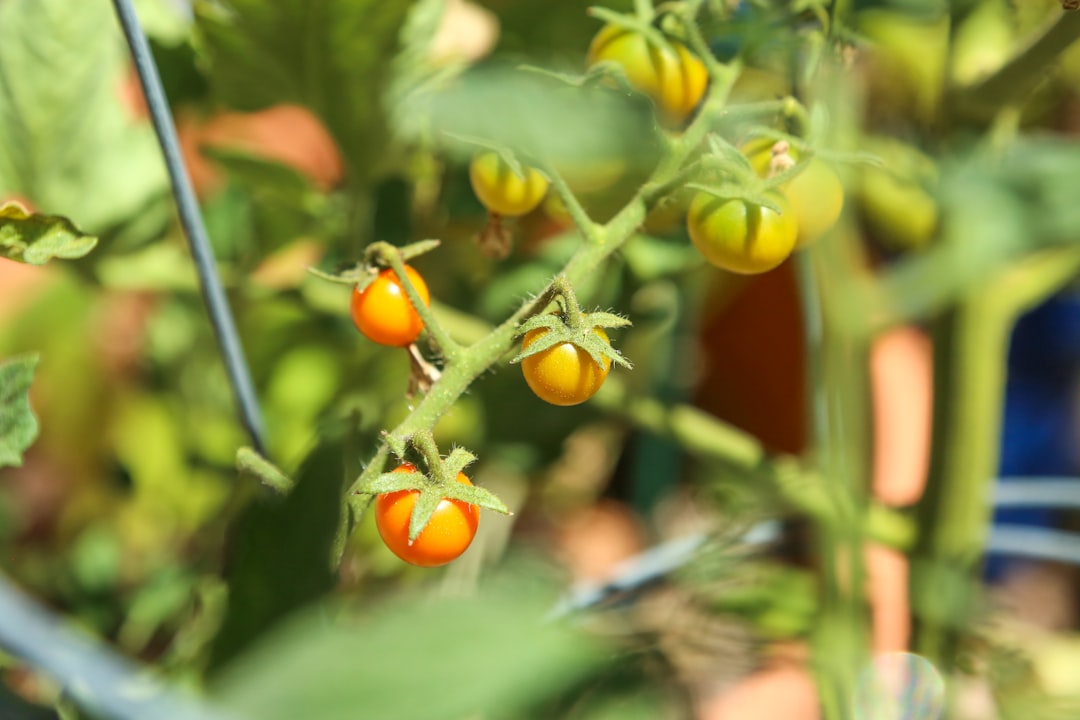Water is a precious resource, and as a backyard farmer, using it wisely is essential for maintaining a productive, sustainable, and eco-friendly farm. Whether you're growing vegetables, raising livestock, or maintaining fruit trees, efficient water use can reduce costs, conserve natural resources, and help your plants and animals thrive.
In this guide, we’ll explore effective water conservation techniques to ensure your backyard farm remains lush and productive while minimizing water waste.
1. Understand Your Water Needs
Before implementing conservation techniques, assess your backyard farm’s water requirements. Consider:
-
The types of crops and livestock you have
-
The local climate and rainfall patterns
-
Soil type and its water retention capacity
Sandy soil drains quickly, requiring more frequent watering, while clay soil retains moisture but may cause drainage issues. Conduct a simple soil test to determine its properties and choose the best watering strategies accordingly.
2. Collect and Store Rainwater
Rainwater harvesting is an excellent way to reduce reliance on municipal water supplies. Here’s how you can implement it:
-
Install rain barrels beneath downspouts to collect runoff from rooftops. Use this water for irrigation.
-
Set up a larger cistern system if you need more storage capacity for extended dry periods.
-
Use swales and rain gardens to direct and retain rainwater in specific planting areas.
3. Efficient Irrigation Methods
Using the right irrigation system can significantly cut down on water waste.
Drip Irrigation
Drip irrigation delivers water directly to plant roots, reducing evaporation and runoff. It’s ideal for vegetable gardens, fruit trees, and raised beds.
Soaker Hoses
Soaker hoses release water slowly along their length, making them a great option for row crops and flower beds.
Mulching to Retain Moisture
Apply organic mulch (straw, wood chips, grass clippings) around plants to:
-
Reduce evaporation
-
Suppress weeds that compete for water
-
Improve soil moisture retention
Mulch also enriches the soil as it breaks down, enhancing water absorption.
4. Improve Soil Water Retention
Healthy soil retains moisture more effectively. To enhance your soil’s water-holding capacity:
-
Add organic matter like compost or aged manure to increase its ability to retain moisture.
-
Use cover crops (such as clover or rye) during off-seasons to prevent soil erosion and improve water retention.
-
Practice no-till gardening, which preserves soil structure and minimizes water loss.
5. Watering Strategies for Maximum Efficiency
-
Water Early or Late in the Day: Minimize evaporation by watering in the morning or evening.
-
Water Deeply and Less Frequently: Encourage deep root growth by giving plants a good soak rather than frequent, shallow watering.
-
Group Plants by Water Needs: Place drought-resistant plants together and keep water-intensive crops separate for better resource management.
6. Drought-Resistant Crops and Native Plants
Select plants that thrive in your local climate with minimal water. Some drought-tolerant crops include:
-
Herbs like rosemary, thyme, and sage
-
Vegetables such as okra, sweet potatoes, and beans
-
Perennial fruit trees like figs, pomegranates, and olives
Native plants are naturally adapted to your region’s rainfall levels and can reduce your water usage significantly.
7. Reduce Water Waste in Animal Care
For those raising animals on a backyard farm, water conservation is just as important.
-
Use automatic waterers that reduce spillage and evaporation.
-
Collect and reuse greywater (from washing vegetables or cleaning) for animal hydration where safe.
-
Create shaded areas for animals to prevent excessive water loss through panting and heat stress.
8. Minimize Runoff and Erosion
Prevent valuable water from running off your farm by:
-
Building berms and swales to slow down water flow.
-
Using contour gardening (planting along natural land slopes) to capture rainfall.
-
Installing permeable pathways with gravel or wood chips to allow water absorption instead of runoff.
Final Thoughts
Conserving water on your backyard farm isn’t just about reducing costs—it’s about working in harmony with nature to create a resilient, sustainable growing environment. By implementing smart irrigation techniques, improving soil health, harvesting rainwater, and choosing the right crops, you can cultivate a thriving farm while minimizing water waste.
Start small by applying one or two of these techniques and expand your efforts over time. Your backyard farm—and the planet—will thank you!

Comments
No comments yet. Be the first to comment!
You must be logged in to comment. Login